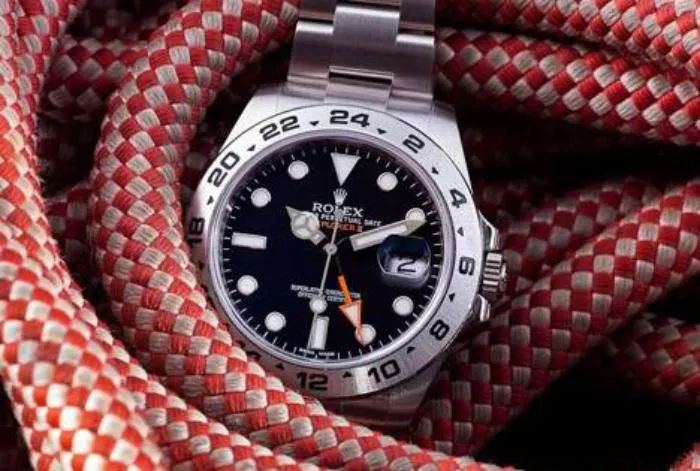Rolex remains the undisputed leader in luxury watch collecting, commanding more attention than any other brand. While opinions on Rolex vary, its ability to produce high-quality, mass-market timepieces at relatively accessible prices is undeniable. As a collector who has owned both vintage and modern Rolexes, my views have evolved over time—once skeptical of vintage models, I now find myself drawn to them. Yet, I remain cautious. Here’s why.
The Appeal of Vintage Rolex
Vintage Rolex watches, particularly sports models from the 1960s and ’70s, carry an aura of adventure. The wear on their cases and bracelets hints at a storied past—perhaps even extraordinary experiences. The abundance of vintage Rolexes means collectors can often find the exact configuration they desire.
Personal taste plays a significant role. Some collectors seek watches with yellowed tritium markers or “spider-web” dials (cracked paint), while others, like myself, prefer clean matte dials with bold hour markers. Servicing history also matters—I’d rather own a well-maintained watch than one with all-original but worn-out components.
However, aesthetics often overshadow mechanics. Many collectors prioritize dial condition over movement quality, trusting that a Rolex movement—reliable by reputation—can be easily serviced. Still, I always ensure a watch is in perfect working order before purchasing.
The Dark Side of Vintage Rolex
The vintage Rolex market is rife with fraud. As with any high-value collectible—be it classic cars, art, or real estate—scammers prey on eager buyers. Some dealers claim to run million-dollar businesses, promising rare models on demand. Beware of such claims. Instead, seek sellers who trade out of passion, not just profit.
“Exclusivity” is another illusion. Rolex has always produced watches in large quantities, making true rarity uncommon. Collectors create artificial scarcity by fixating on specific aging patterns or dial variations. While some models, like the Paul Newman Daytona, command astronomical prices, their exclusivity stems from demand, not true scarcity.
Buying Smart: Tips for Vintage Collectors
If you’re set on a vintage Rolex, know your budget and preferences. If minor details like dial wording or bezel fade don’t matter to you, the buying process becomes simpler. Most importantly, buy the seller. Trust is paramount—research dealers through online communities and seek those who offer authenticity guarantees or money-back assurances.
The Case for Modern Rolex
For those wary of vintage pitfalls, a new Rolex offers peace of mind. Critics argue that modern Rolexes lack excitement, but their reliability, durability, and strong resale value make them a sound investment.
Rolex’s production—estimated at nearly a million watches annually—relies on precision automation, yet each watch is hand-assembled. Recent innovations, like ceramic bezels, improved bracelets, and the Parachrom hairspring, have silenced past complaints about stagnation.


